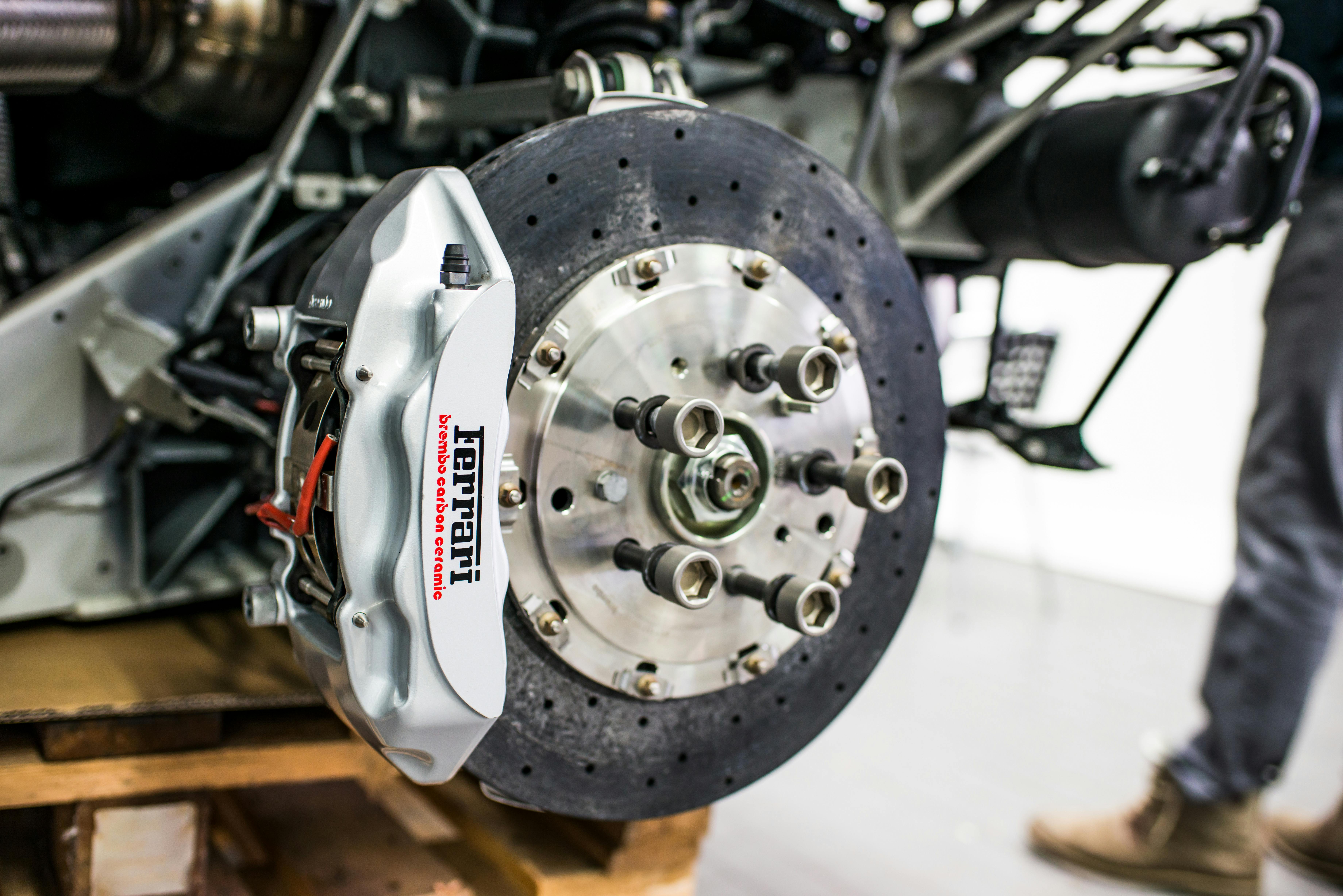Each of the button materials currently available on the market has distinctive properties, and none is ideal for all applications. First of all, keep in mind that a button is a work of art, but it is a complementary work of art. The artistic value of the same button varies greatly depending on the chosen application.
Choosing the right material for buttons has important implications for the design, texture, and durability of clothing and accessories. The materials also have different degrees of flexibility that give different possibilities for the choice of size, thickness and shapes. Washability is a key issue. For example, when choosing a clay button, always choose polymer clays.
Take wooden buttons as another example. Wooden buttons are usually made from ebony, bamboo, oak, walnut, and pine. They have become more popular as ecological awareness has increased in recent years. Wood buttons are characterized by a rustic feel, but it’s amazing how many different types of texture can be realized. The list already suggests that the properties vary a lot. Obviously, you wouldn’t normally use wooden buttons for a raincoat, where synthetic materials like resin are preferred. Instead, the standard application for wooden buttons would be a simple casual outfit, such as the classic wool shirt or cardigan. Wood is also often used for toggle buttons, in addition to the antler horn.
The density of wood varies and so do the properties of the material after exposure to water. The buttons tend to absorb rainwater and as a result they expand and deform. Note that varnishing can generally ameliorate some of the disadvantageous reactions. Ebony, for example, is extremely dense and resistant. Pine is a softer wood and would be the cheapest option. Walnut buttons feature interesting color variations, ranging from light amber to dark brown. Oak is a rough wood and very resistant to shocks.
Seashells, pearls (more precisely: “mother of pearl” buttons) and other shells are another material commonly found for button production. Shell buttons, for example made from mussel shells, are usually stronger than freshwater shell buttons. They are often used for old products. Although the material originates from water, the material does not necessarily have optimal properties when exposed to conditions inside a washing machine. That, of course, is not due to the water itself, but to the detergent. In general, the sturdiness of shell buttons varies greatly by manufacturer, so be careful not to buy a low-quality product.




Recent Comments